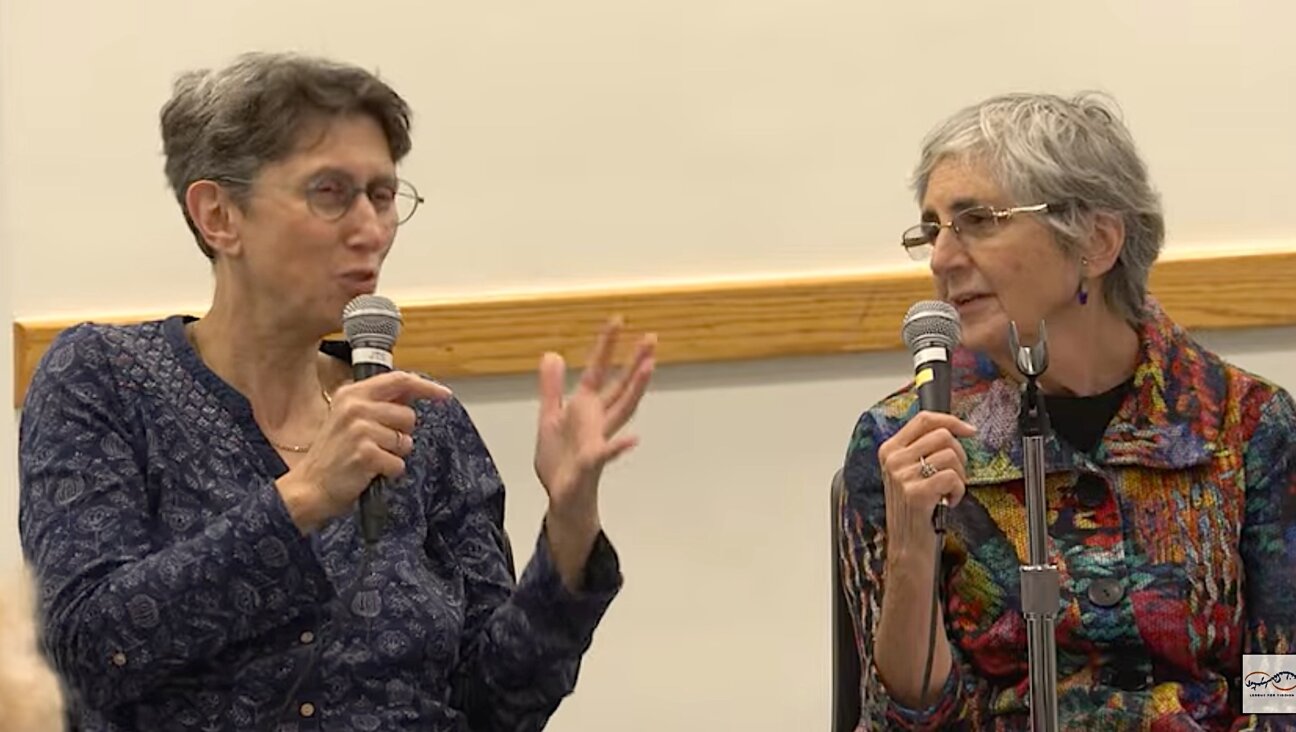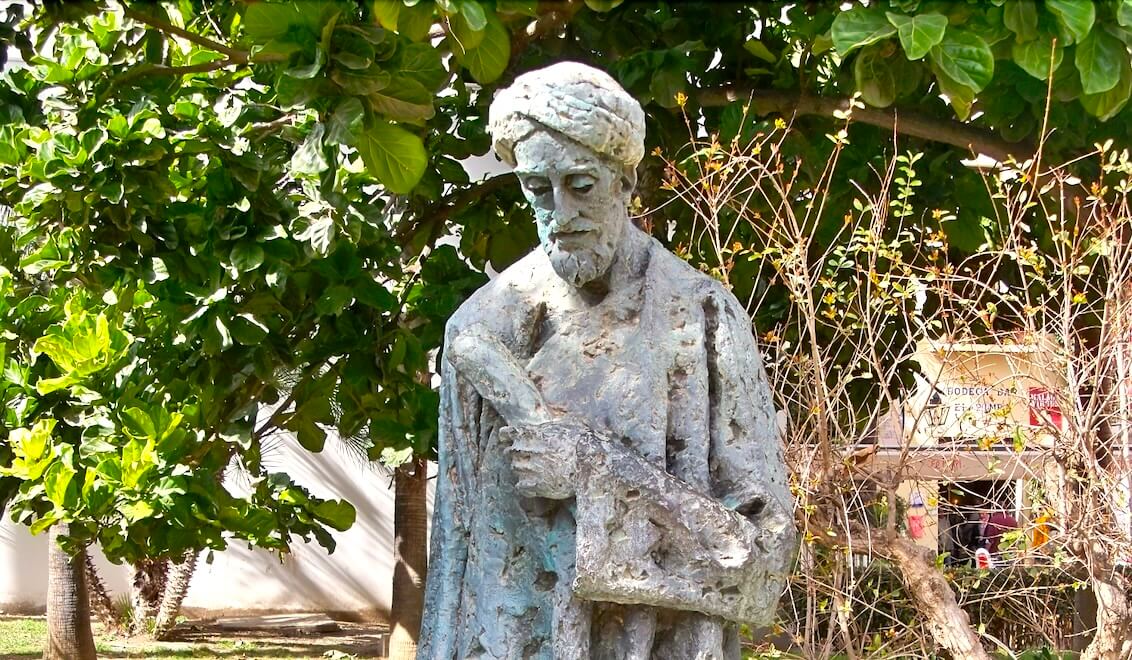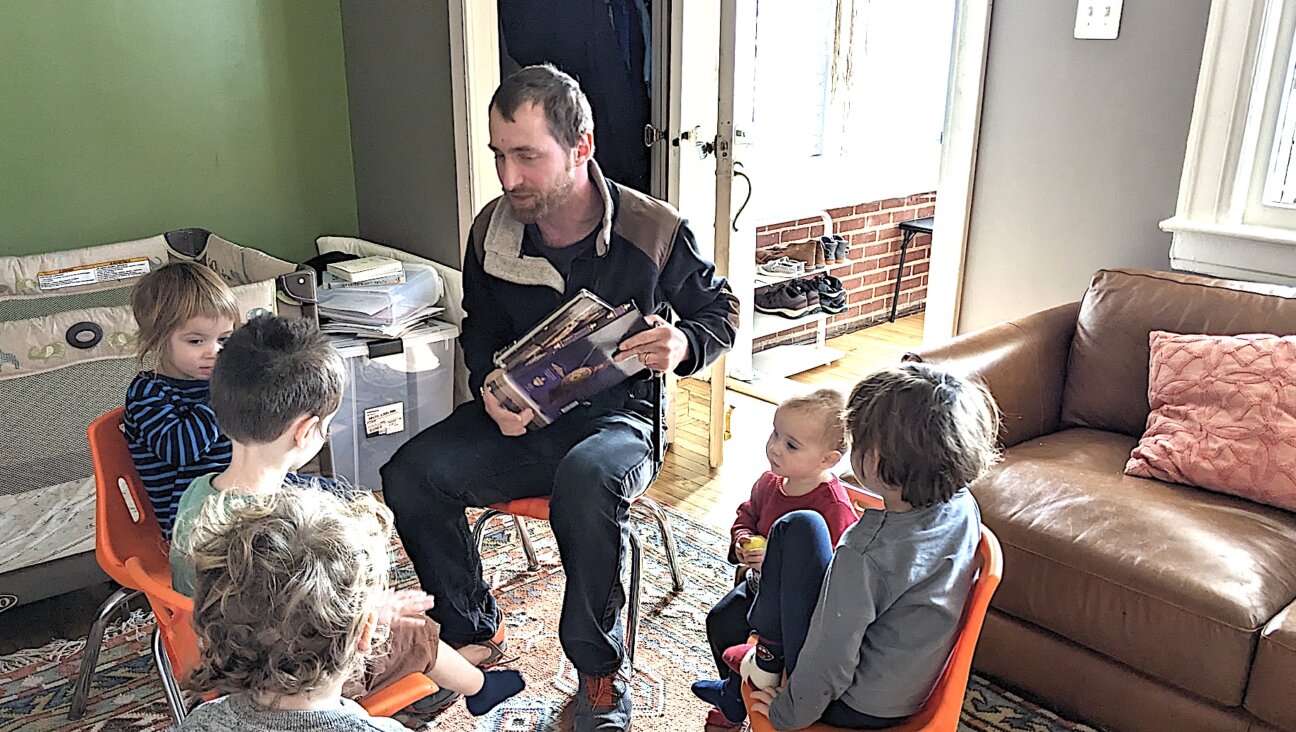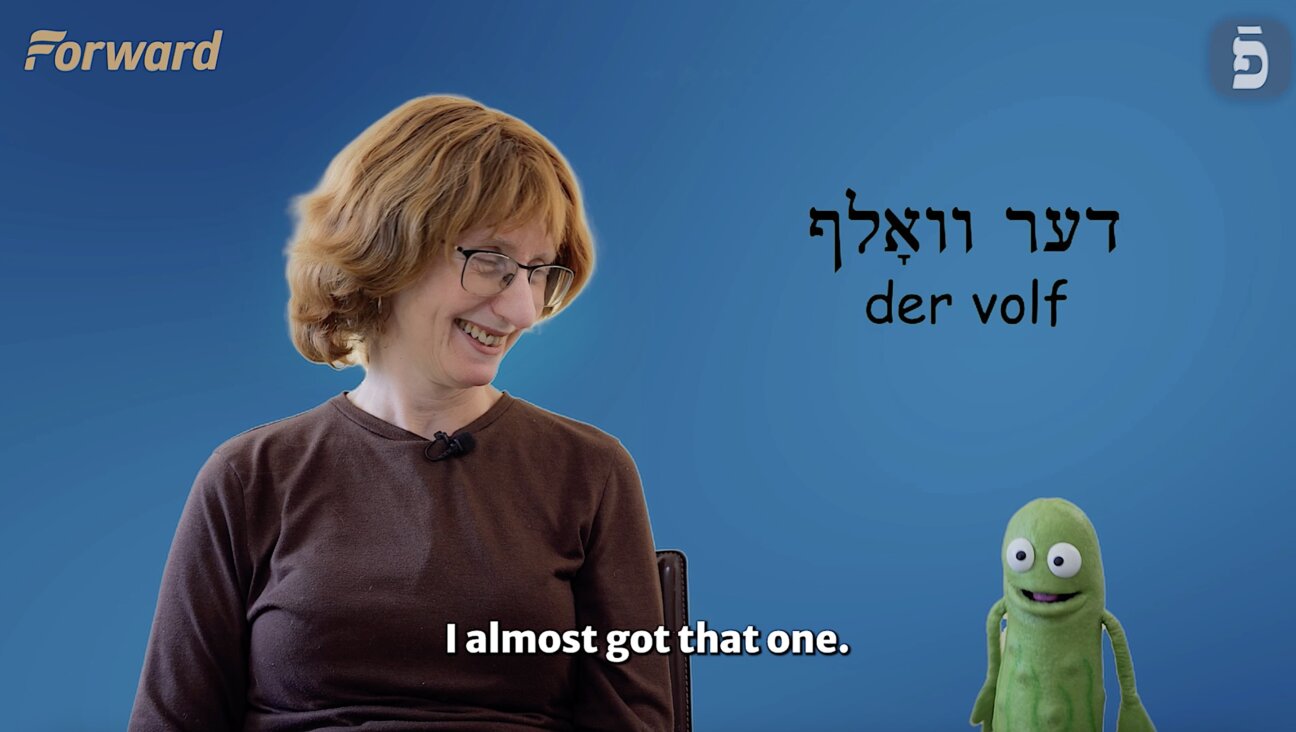טשיקאַוועסן: מיידעלע געפֿינט 3,800־יאָריקע קמיע לעבן בית־שמש, ישׂראלTIDBITS: Little girl finds 3,800-year old amulet near Beit Shemesh, Israel
אַן עקספּערט פֿון פֿאַרצײַטיקע קמיעות האָט באַשטעטיקט אַז די קמיע איז געלעגן אויפֿן אָרט פֿונעם אַמאָליקן לאַנד כּנען.
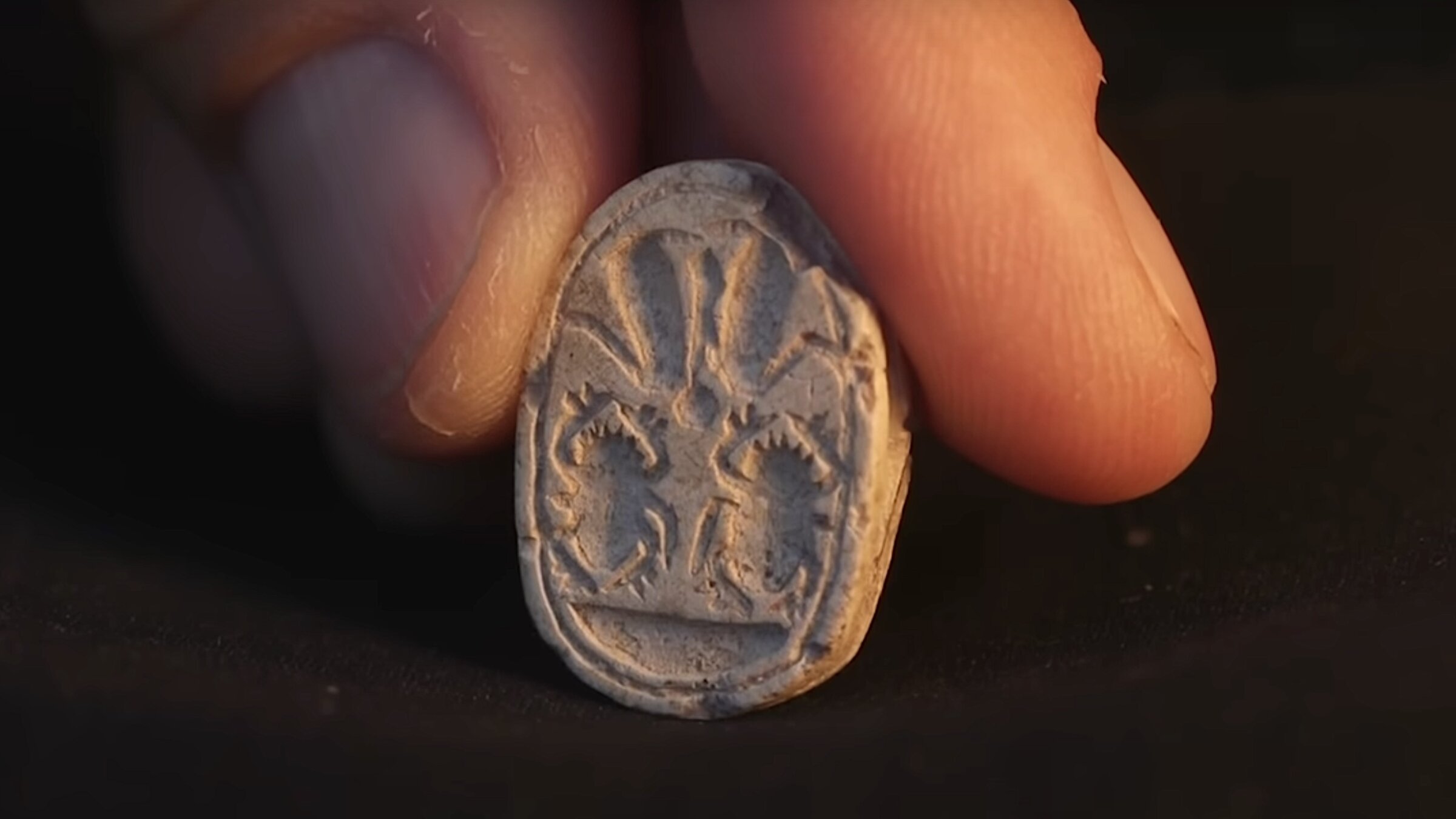
די קמיע, וואָס דאָס מיידעלע, זיו ניצן, האָט געפֿונען איז אין דער פֿאָרעם פֿון אַ מיסט-זשוק Photo by Emil Aljam, Israel Antiquities Authority
Tidbits is a bi-weekly feature of easy news briefs in Yiddish that you can listen to or read, or both! If you read the article and don’t know a word, just click on it and the translation appears. You’ll also find the link to the article in English after each news brief. Listen to the report here:
בעת אַן עקסקורסיע מיט איר משפּחה אין די בערג און טאָלן לעבן בית־שמש, ישׂראל, האָט אַ דרײַיאָריק מיידעלע אַנטדעקט אַ קמיע, וואָס איז אַלט 3,800 יאָר.
דאָס מיידעלע, זיו (זיוו) ניצן, האָט שפּאַצירט מיט איר משפּחה נישט ווײַט פֿונעם אַרכעאָלאָגישן אָרט תּל־עזקה, ווען זי האָט געפֿונען דעם אוצר.
„מיר האָבן שפּאַצירט אויף דער סטעשקע, און פּלוצלינג האָט זיו זיך אַראָפּגעבויגן,“ האָט איר שוועסטער עומר ניצן געזאָגט. „און פֿון אַלע שטיינדעלעך אַרום איר האָט זי דווקא דאָס אויסגעקליבן. ווען זי האָט עס אָפּגעשטויבט האָבן מיר דערזען אַז ס׳איז נישט קיין געוויינטלעכע זאַך. האָב איך צוגערופֿן טאַטע־מאַמע צו זען דאָס פּרעכטיקע שטיינדעלע.“
די משפּחה האָט זיך גלײַך פֿאַרבונדן מיט דער ישׂראלדיקער אַנטיקוויטעטן־אינסטאַנץ. ד״ר דפֿנה בן־תּור, אַן עקספּערט פֿון פֿאַרצײַטיקע קמיעס און שטעמפּלעך, האָט באַשטעטיקט אַז זיו האָט געפֿונען עפּעס וואָס הייסט אַ „סקאַראַב“ פֿון דער בראָנדזן־תּקופֿה, בערך 3,800 יאָר צוריק, אינעם אַמאָליקן לאַנד כּנען.
אַ „סקאַראַב“ איז אַ קליינטשיקע קמיע געמאַכט אין דער פֿאָרעם פֿון אַ מיסט-זשוק (dung beetle), וואָס די פֿאַרצײַטיקע מיצרים האָבן פֿאַרהייליקט ווי אַ סימבאָל פֿון אַ נײַ לעבן. פֿאַר וואָס? ווײַל דער מיסט־זשוק לייגט זײַנע אייעלעך אַרײַן אין זייערע באָבקעס, וואָס דערפֿון קומען אַרויס פֿרישע יונגע זשוקעלעך.
תּל־עזקה ווערט באַשריבן אינעם חומש (ספֿר שמואל) ווי דאָס אָרט פֿונעם קאַמף צווישן דוד און גליות. אַ דאַנק די אַרכעאָלאָגישע אויסגראָבונגען דאָרט האָט מען אַנטדעקט ווענט פֿון דער אַלטער שטאָט און אַגריקולטורעלע סימנים דאַטירט פֿונעם פֿאַרצײַטיקן קיניגרײַך פֿון יהודה.
צו לייענען מער וועגן דעם אויף ענגליש, גיט אַ קוועטש דאָ.
To read more about this in English, click here.
